Ovaries are about the size of almonds and weigh about 6-8 grams. Despite their small size, they’re a powerhouse of creative energy.
To read more about the energetic/emotional differences of the ovaries, Tami Kent goes into detail in her book Wild Feminine: Finding Power, Spirit & Joy in the Female Body.
To find your ovaries place your thumb tips together at the navel with your index fingers meeting at an angle, your ovaries usually lie below the layers of tissue beneath your relaxed pinkies. I say usually because they may vary in position depending on the uterine position and surrounding adhesions. Typically they’re medial to the medial edge of the psoas, but can sometimes be found directly over the psoas muscles. Manual therapists who like to work directly on the psoas should be aware of this fact, you wouldn’t want to pin the ovary between your fingers (or elbow) and the psoas!
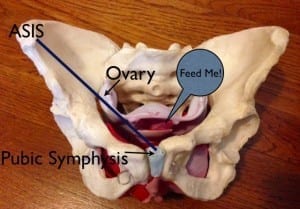
Find the ovary by imagining a line from ASIS to the pubic symphysis. The ovary may be found in this line. A sedentary lifestyle may cause the ovaries to descend deeper into the retro-uterine cavity. With menopause, ovaries may swing more posteriorly.
Are your ovarian problems digestive related? Because of the proximity to the cecum and appendix, problems with the right ovary could have a digestive root cause. A right ovary may become inflamed if there are problems with the cecum (poor diet, or adhesions from surgery or infection).
60% of women have a ligament of cleyet attaching the cecum to the right ovary. The genitofemoral nerve passes under this ligament. If it’s irritated by a restricted ligament, or inflamed ovary or cecum, one could get nerve pain down the thigh or into the right knee.
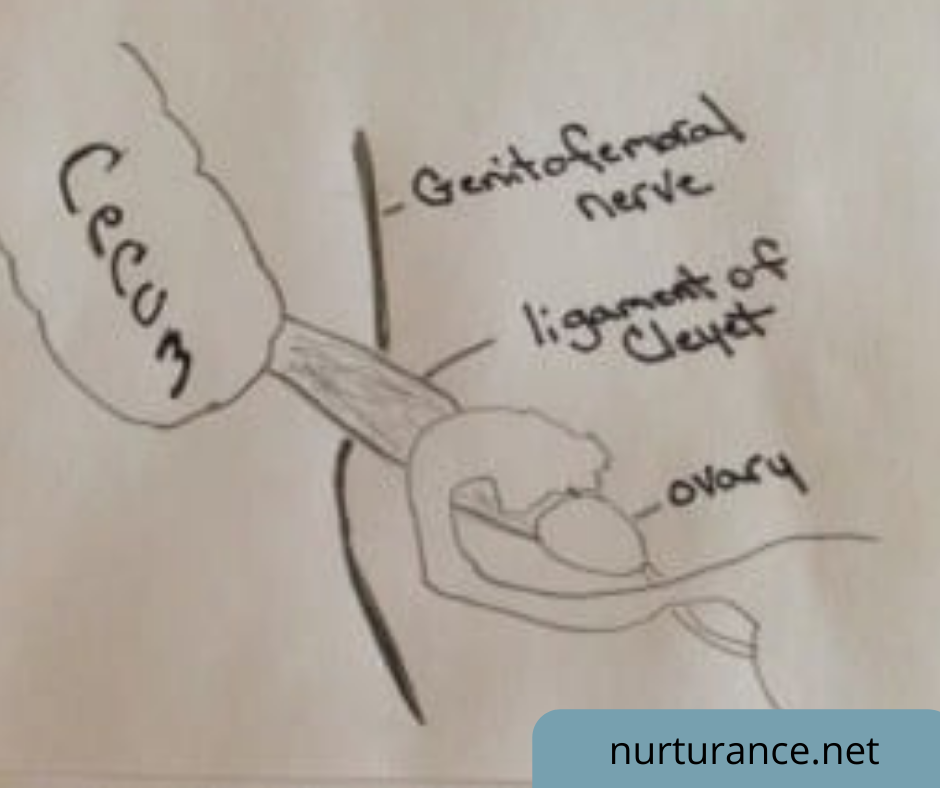
Problems with the left ovary are more apt to be related to issues of venous and lymphatic congestion. The left ovary drains into the left renal vein rather than directly into the vena cava. The same goes for the left testicle. This circuitous route may predispose the left ovary or testicle to venous congestion. It’s not that we are poorly designed, the problem is that we are not using our bodies in the way they were intended to be used. We weren’t designed to sit in one position for the bulk of the day. If we were, we’d look a bit different inside and out. We need a multitude of natural movements throughout the day. Katy Bowman, biomechanist, explains the science behind our need for natural movement in her book Move Your DNA: Restore Your Health Through Natural Movement. Check it out, it will blow your mind!

Venous congestion of the ovaries may lead to ovarian dysfunction and pelvic pain.
Abdominal infection, pelvic alignment, surgery, and traumatic falls may affect the way the ovary and fallopian tubes function. “Emotional factors can also contribute to tubo-ovarian problems, particularly tubal spasms. Simply calming an anxious patient during a hysterosalpingogram can release tubal spasms and improve the diffusion of contrast liquid.” Jean- Pierre Barral osteopathic physician. How cool is that? Emotions have an effect on our organ function.
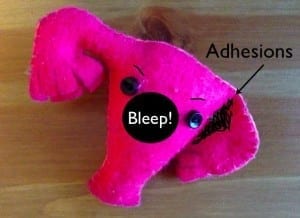
Left-leaning uterus with adhesions interfering with uterine tube function. And the possible cause of ovary pain.
Even though chances of conceiving are reduced if one fallopian tube is non-functioning or has been removed, I find it fascinating that the functioning fallopian tube can receive the egg from the opposite ovary! source {1}
What to do if you are having pelvic pain or reproductive issues: Get some hands-on work from a manual therapist trained in Visceral Manipulation™ (VM) 3. Make sure the practitioner trained in Visceral Manipulation™ has completed VM3 (pelvis). I took this training through the Barral Institute and learned specific techniques to improve the motility of the reproductive and digestive organs. What I love about this work, is that it’s gentle and very specific. We not only identify the specific organ but wherein the organ does the restriction exist? For instance, a VM practitioner would identify whether the restriction is in the right broad ligament, right round ligament, or the left uterosacral ligament of the uterus. Or, where exactly the ovarian restriction is felt. An osteopathic physician who does manual therapy would also be able to help (not all osteopaths do manual therapy in the US. It’s more common in Europe). Visceral Manipulation™ was developed by world-renowned Osteopath and Physical Therapist Jean-Pierre Barral.
In my online Womb Care Course, I teach you self-care massage and other techniques for ovarian and uterine health.
Oophorectomy is the removal of the ovaries. “Data from the Mayo Clinic shows that women who’ve had their ovaries removed before age forty-five have a five-fold increase in their risk of dying from neurological or mental diseases and nearly twice the risk of dying from cardiovascular disease. They also have an increased risk of developing Parkinsonism, cognitive impairment, and dementia, as well as an increase of depressive and anxiety symptoms later in life.” {2}- Dr. Northrup, Women’s Bodies, Women’s Wisdom (Revised Edition): Creating Physical and Emotional Health and Healing.
Ovarian meditation: Take a moment and place your palms over your lower belly. Tune into your ovaries. How do they feel? Does the left feel different than the right? Do they feel soft, hard, fluffy, warm, or cold? Scan your ovaries with your “mind’s eye”. How do they look? Is there a color or shape that you see? Don’t judge, just be present and allow the energy to transform as needed. You don’t have to figure anything out, just listen as you would listen to a good friend. Where your attention goes, your energy flows. Your body knows what it needs, you just need to learn to listen how to its messages. Take the thinking mind out of the process. When you feel finished give thanks to your body for working so hard for you and write down any insights you may have.
Source 1: On the rate of tubal pregnancy contralateral to the corpus luteum http://www.ncbi.nlm.nih.gov/pubmed/3218462
Source 2: C.M. Rivera et al., “Increased Mortality for Neurological and Mental Diseases Following Early Bilateral Oophorectomy,” Neuroepidemiology, vol. 33, no.1 (2009), pp. 32-40

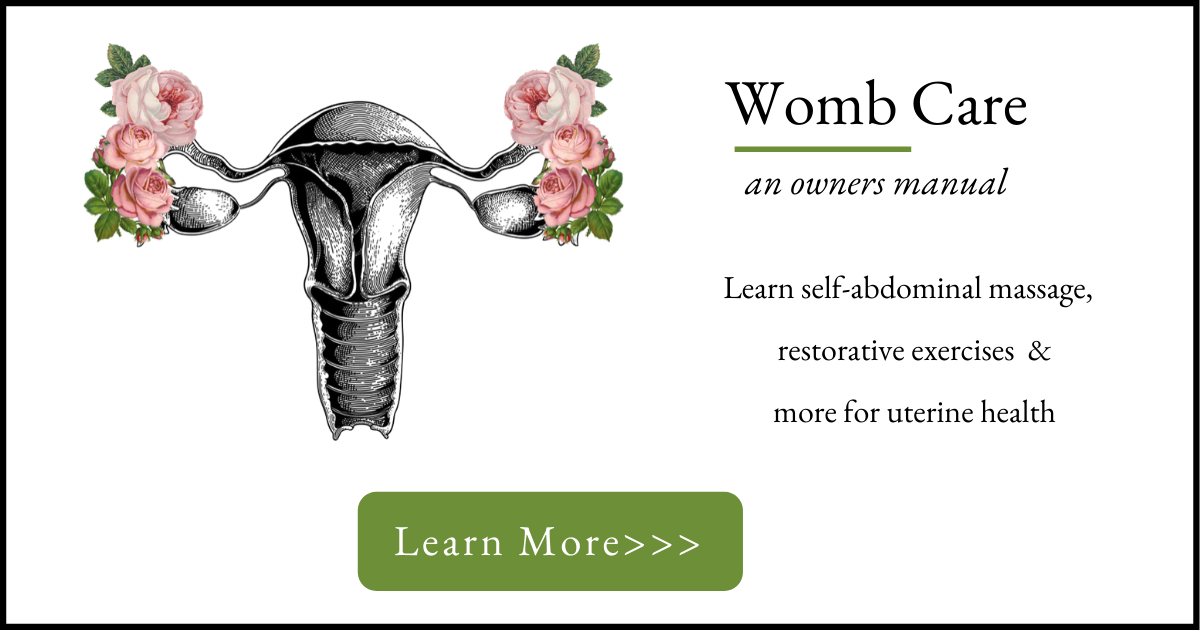
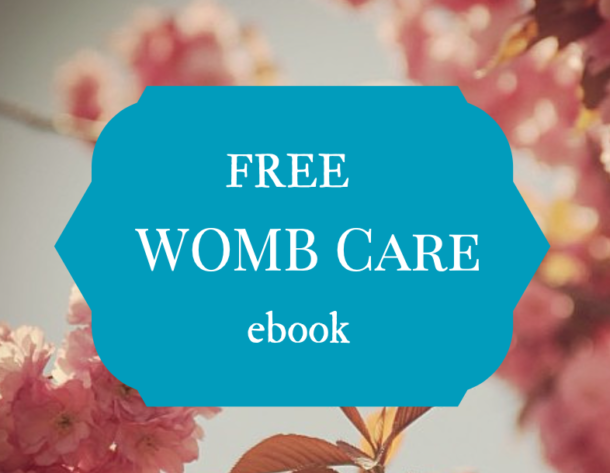



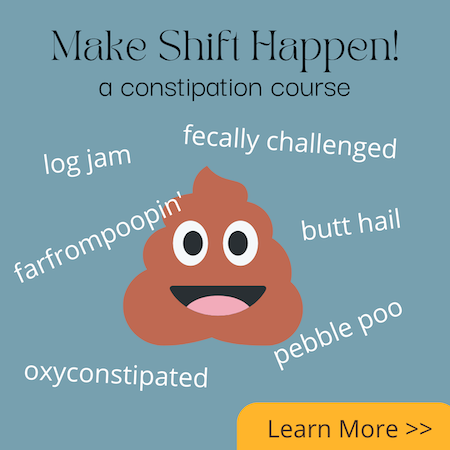

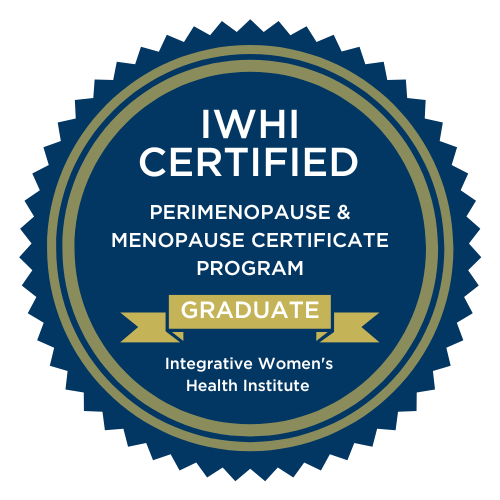
The amour of information in this boggles my mind. I can’t wait to read through some of your other posts and keep learning.
Intense information for a newbie but I welcome it. Excited to do the ovarian meditation. Tuning in to my own body, how it feels and where things are just makes sense. Thanks!
Thank you for your continued educational posts. I am a Urogyn and Visceral PT out of Arizona who is relocating my practice in Boise, Idaho this fall. I enjoy reading your posts as they give me another way to say things to patients. Thank you for the time you take to put this info together and deliver it and thank you for what you do. You rock! ~Breann Fox, PT, DPT, PRPC